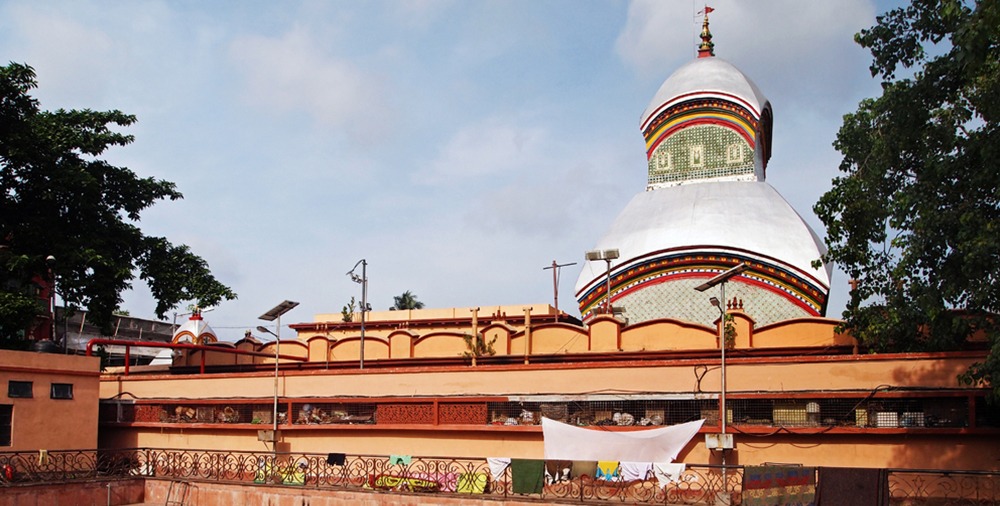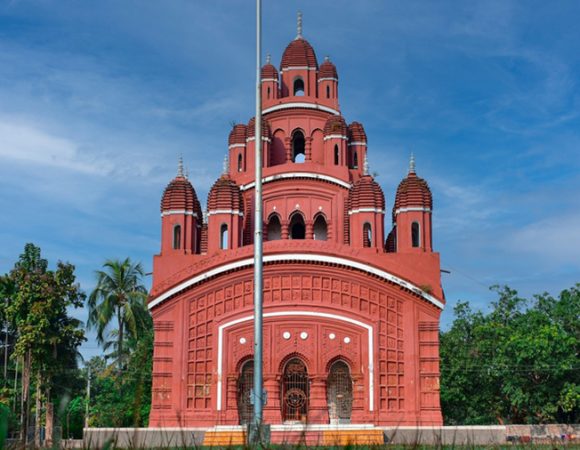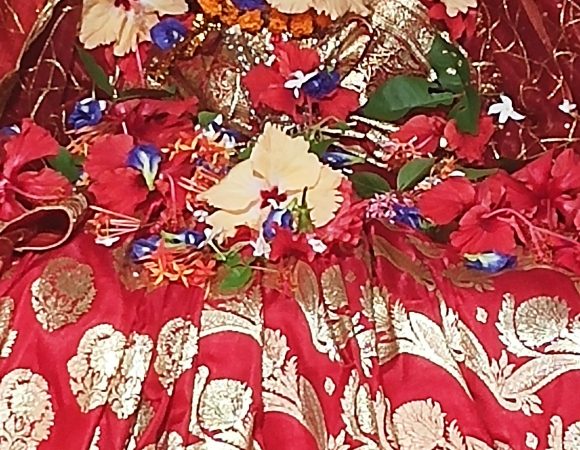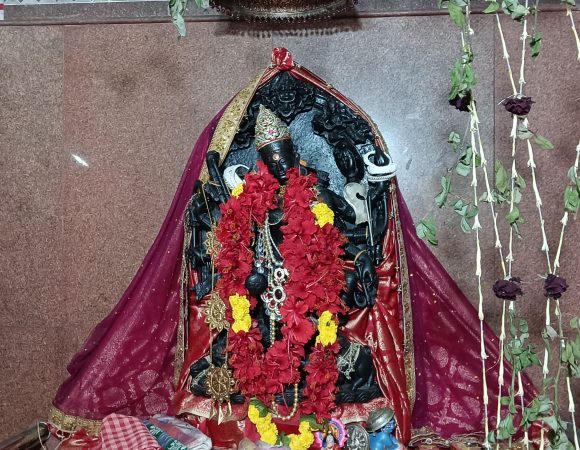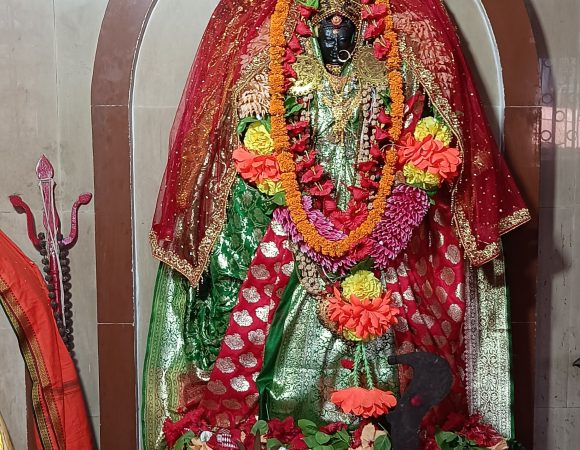Overview
Overview
India is a country of cultures, customs, traditions, myths and religions. According to Hindu religious belief there is a supernatural power which generates, operates and destroys the entire universe which is known as God. God is the Almighty and has all powers of generation, operation and distortion. The human being believes in the superpower whether they are Hindu, Muslim, and Christian or of any race. Hindu believes that there basically two genders of superpower i.e. God as a male and Goddess as a female. Shiv and Shakti are the main powers according to Hindu religious books. In all over the world and especially in India there are many ancients and modern temples of Gods and Goddesses. There are many forms of Gods and Goddesses according to the religious books and there are many temples of various Gods and Goddesses. According to Hindu myths many temples of Goddesses are of Shakti, which are known as Shakti Peethas. There are 51 Shakti Peeth according to one of the Hindu mythologies.The Sati Peethas (holy places of cosmic power) are places of worship consecrated to the goddess Sati, the female principal of Hinduism and the main deity of the Shakta sect. They are sprinkled throughout the Indian subcontinent. This goddess Shakti, the Goddess of power is the complete incarnation of Adi Shakti, has three chief manifestations, as Durga, Goddess of strength and valour, as Mahakali, goddess of destruction of evil and as Goddess Gowri, the goddess of benevolence.
According to the Hindu beliefs there was a king named Daksha whose daughter was Sati. When she grew young she performed intense penance to attain Lord Shiva was her husband. She married Lord Shiva against her father’s wish. After this incident once Daksha was performing Yagna and in that Yagna he invited all the deities except of his Son-in-law i.e, Lord Shiva. From Narad , Sati came to know about the Yagna and Narad also advised her that there is no need of invitation to visit her father’s home so be she became obstinate and she expressed her wish to visit her father’s home without invitation. Lord Shiva denied her to go but she did not listen even a single word of her husband and she went to her father’s home where she was not welcomed but on the contrary she was insulted by her father. Her father also used bad words for her husband and Sati could not bear the disrespect of her husband and in a rage she scarifies herself and sited in the Yagnakund. On the other hand Lord Shiva came to know about the fact and he created a creature from his locks of hair named Veerbhadra who tore off Daksha’s head and tossed it into the same sacred fire of Yagna. Sad Shiva begun to wander on the earth by carrying the dead body of Sati in his arms and performed Tandav Nurtya. To protect the universe from Lord Shiva’s anger, released the Sudarshan Chakra to cut the dead body of Sati to sooth the anger of Lord Shiva and the cut pieces of body parts fell on the various places across India and these pieces are called Sati Peethas.
According to Shiva Charitra (depicting Lord Shiva’s Character), the numbers of Sati Peethaas are 51. According to Kalika Puran, the number of Sati Peethaas are 26. According to Devi Bhagwat Puran, the number of Shakti Peethaas are 108. According to Tantra Chudamani and Durga Saptasati, the number of Shakti Peetha are 52. In West Bengal there are 13 th Satipeetha, rest of India are 25 Satipeethas , In Bangladesh 5 Satipeethas, in Nepal 3 Satipeethas, In Pakistan 2 Satipeethas, In Sri Lanka 1 Satipeetha, In Bhutan, 1 Satipeetha, in Tibet 1 Satipeetha.
- Kalighat Satipeeth. ... (KOLKATA) (RIGHT TOES
- Kankalitala Satipeeth. ...(BIRBHUM NEAR BOLEPUR) (BODY PARTS:WAIST)
- Fullara Satipeeth …. (BIRBHUM NEAR BOLEPUR) (LOWER LIP)
- Bakreshwar Satipeeth.(BIRBHUM) (PORTION BETWEEN EYEBROWS)
- Nalateshwari Satipeeth. ... (NALHATI BIRBHUM) (BODY PARTS : THROAT )
- Nandikeshwari Satipeeth. (SAINTHIA STN BIRBHUM) (NECKLESS)
- Bahula Sati Peeth (KETUGRAM BWN) (LEFT ARM)
- Ujani Sati Peeth (KOGRAM GUSKARA EAST BWN) (RIGHT WRIST)
- Attahas Shaktipeeth. ...( DAKSHINDIHI LABHPUR KATWA BWN BODY PART OF GODESS : LIPS)
- Jogaadya Satipeeth. ...(KHIRAGRAM EAST BWN) (GREAT TOE)
- Kireeteswar Satipeeth. ... (KIRITKONA VILLAGE , NEAR LALBAGH COURT ROAD , MURSHIDABAD) (BODY PARTS : CROWN)
- Bargabhima Shaktipeeth ..( TAMLUK PURBA MEDINIPUR) (LEFT ANCKLE)
- Bhamridevi Shaktipeeth (BODAGANJ , AMBARI FALAKATA JALPAIGURI) (LEFT LEG )


